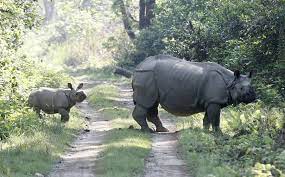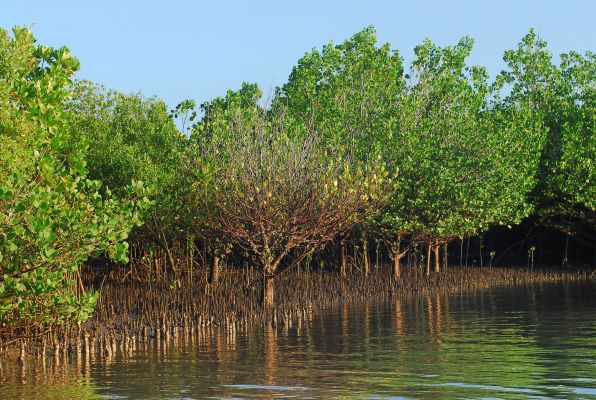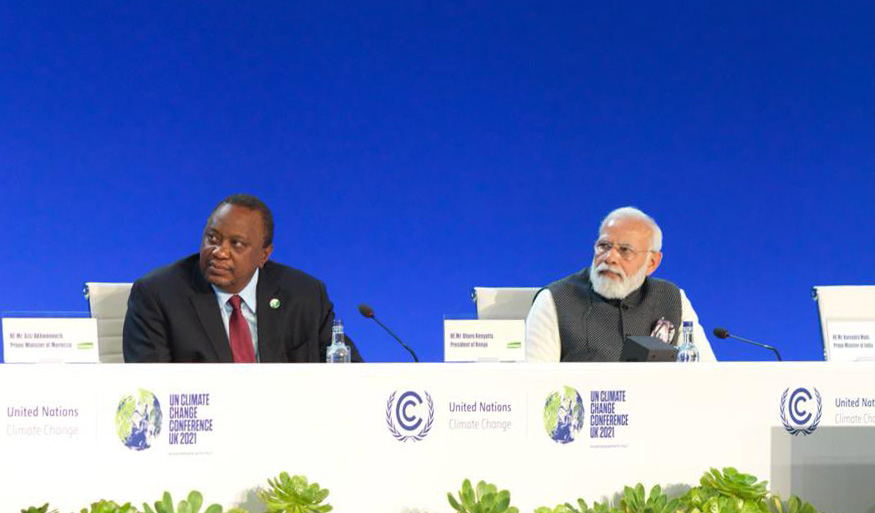New Delhi, 10 April 2021: In 2019 when Assam was witnessing one of unprecedented flood, a three-month old calf of Rhino got separated from her mother. New to the world, the Rhino calf trapped in a flooded fringe landscape when it came into notice. Officials rescued the male calf on July 16, 2019 and admitted it to the Centre for Wildlife Rehabilitation and Conservation (CWRC) at Kaziranga.
Now the calf is 1 year 11 months old and is named Solamara. After around two year of care, the rhino calf is being released to the wild in Manas Tiger Reserve.
Along with Solamara, two other rhino female calves which were rescued during the same flood are being released to the wild.
Hatimuri, now a two year nine month old female calf which was rescued from Hatimuri Biswanath on August 6, 2019 and Kuthuri, a two year three months old calf rescued from on July 17, 2019 are getting into the wild forest.
Hatimuri was one-year-old when it was found at Hatimura, a riverbank of Brahmaputra under Burhapahar forest range of Kaziranga National Park. Similarly, Kuthuri was six-month-old at the time when it was rescued by officials of International Fund for Animal Welfare (IFAW) and Wildlife Trust of India (WTI) and also Assam Forest Department.
All three had undergone health check-ups and marking before they were loaded in individual crates for the translocation by the expert team of IFAW-WTI veterinarians led by Head vet Dr. Bhaskar Choudhury, with Dr. Samshul Ali, Manager CWRC and Dr. Daoharu Baro, in- charge MVS -Western Assam.
The convoy from CWRC travelled through 400km overnight and reached Manas Tiger Reserve (MTR) in the early hours of Saturday, April 10. 2021 for the scheduled release of the animals in their dedicated boma, where they will be kept for a stipulated period for habituation before they finally go free.
Following the successful release of the three calves in their boma in Manas, Shri Amal Chandra Sharma, IFS, Director, Manas Tiger Project commented, "The three rehabilitated rhinos’ introduction at the boma in Sidajhar forest camp area has its own importance towards bringing back Manas. The second translocation of rhinos from CWRC to Sidajhar will not only enrich the park’s rhino population as flagship species but also help in the protection of the landscape. With the extensive wildlife protection activity at Sidajhar on the western part of the river Beki, we are hopeful that these rhinos will definitely enrich the population with their offspring in the coming years."
WTI along with Assam Forest Department and Bodoland Territorial Region (BTR) have been working together to ‘Bring Back Manas’, the UNESCO World Heritage Site since 2003, whose flora and fauna were affected due to decade long insurgency through the late 1980s and 1990s.
The release of flood-rescued and rehabilitated rhinos into Manas Tiger Reserve is a part of the long-term project of IFAW-WTI with Assam Forest Department (AFD) and Bodoland Territorial Region (BTR), where the translocated rhinos and their progeny together account for 19 of the 44 rhinos in Manas Tiger Reserve.













.jpg)




